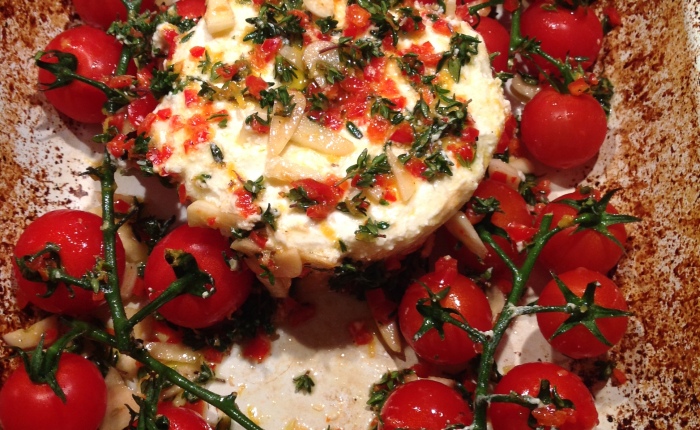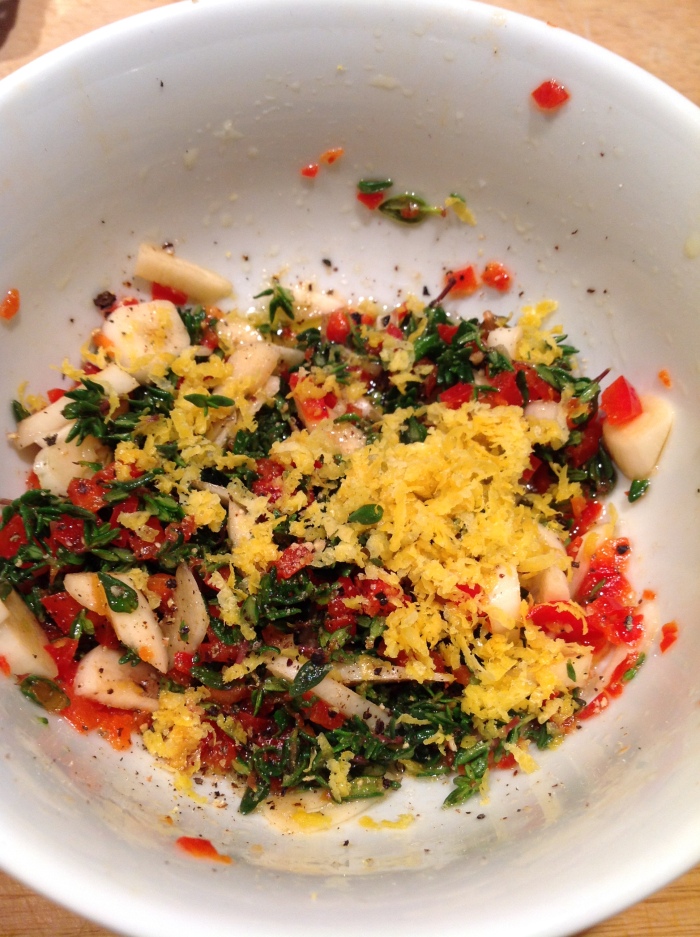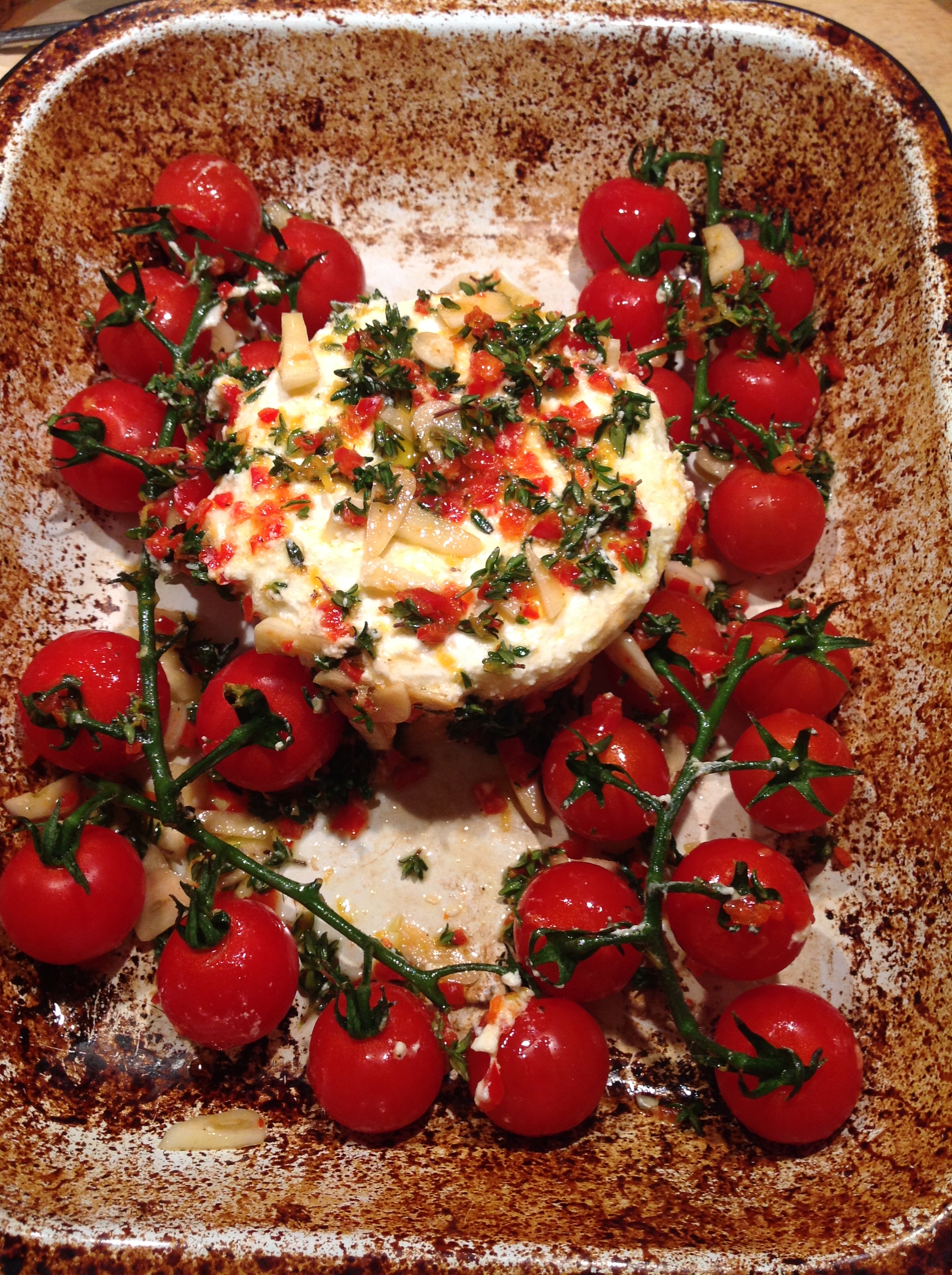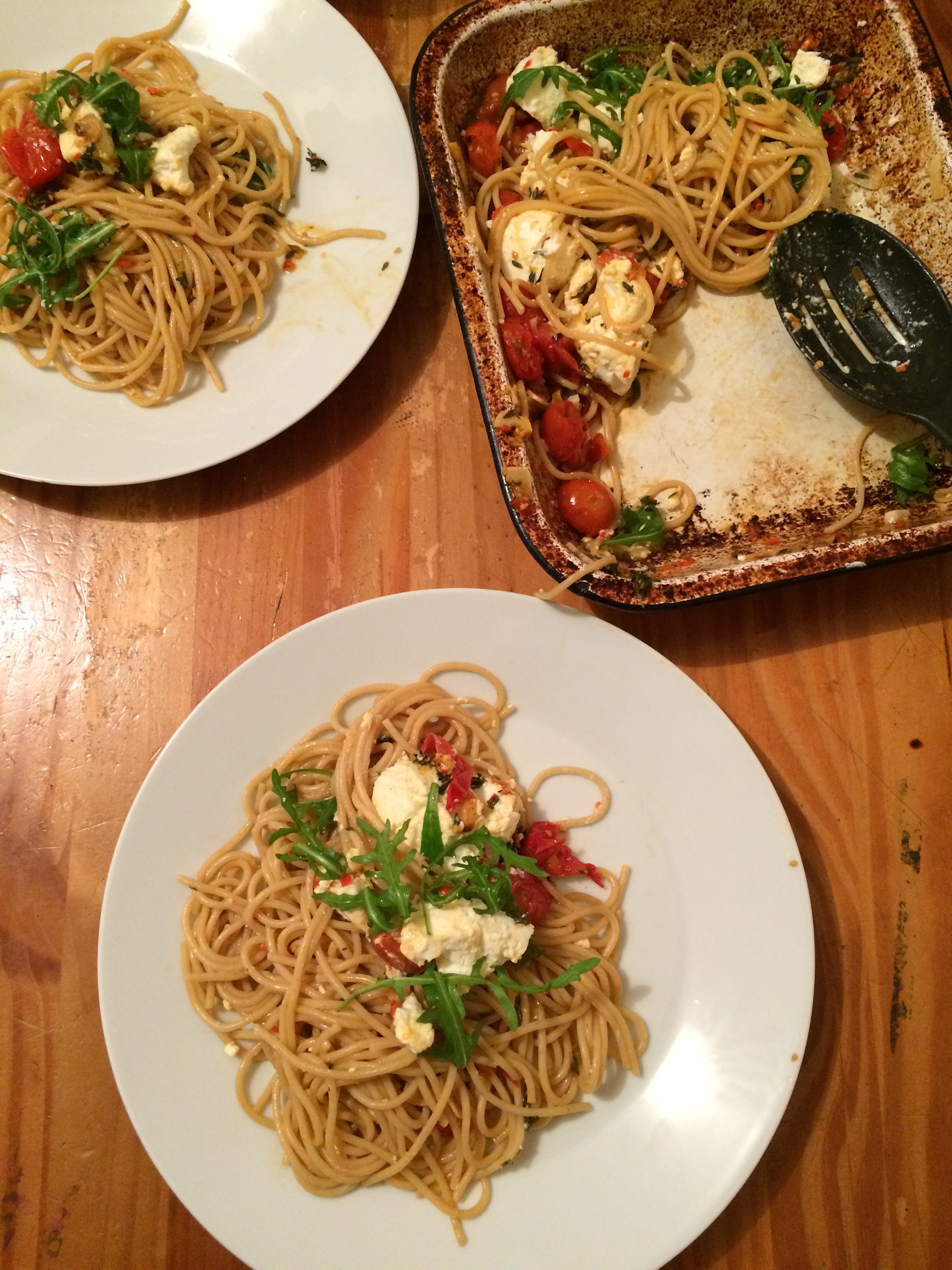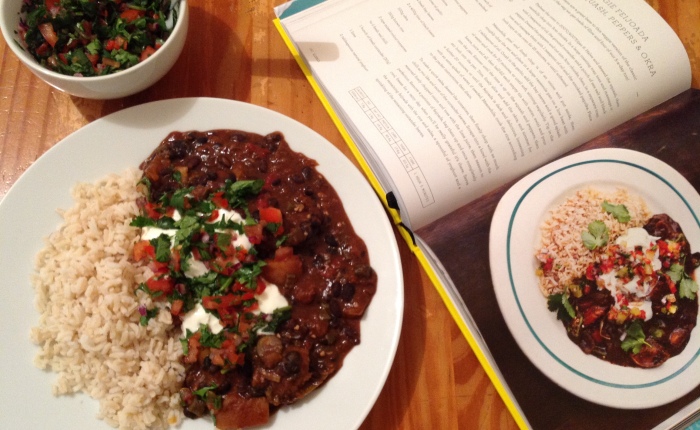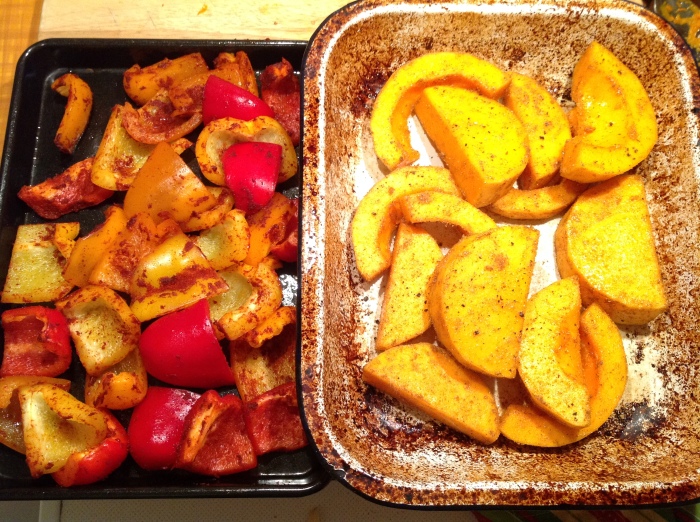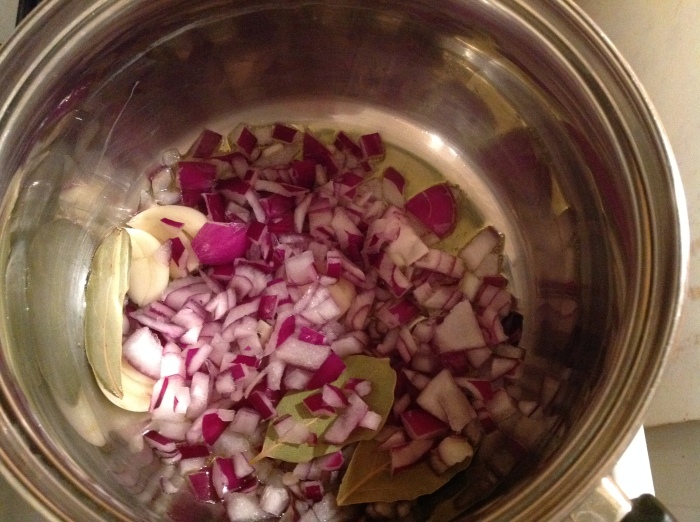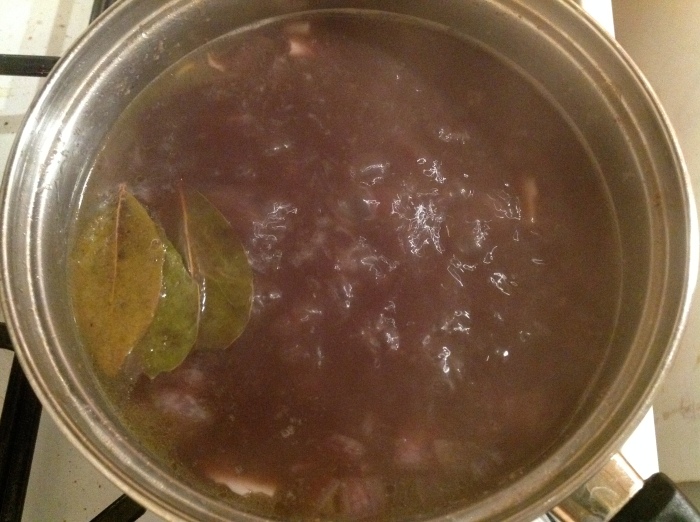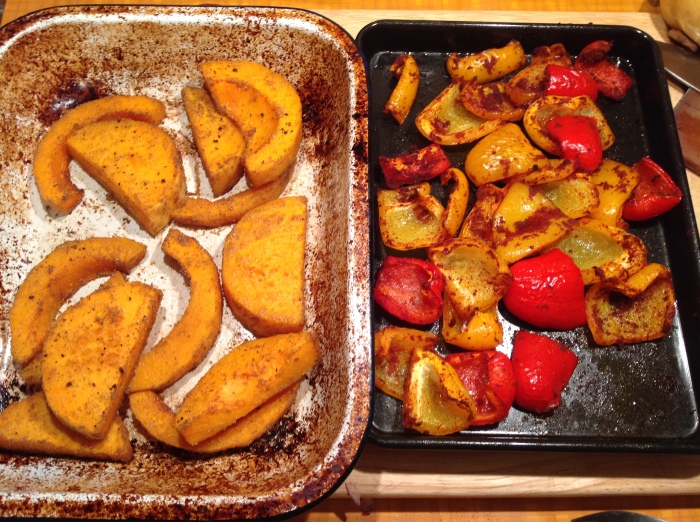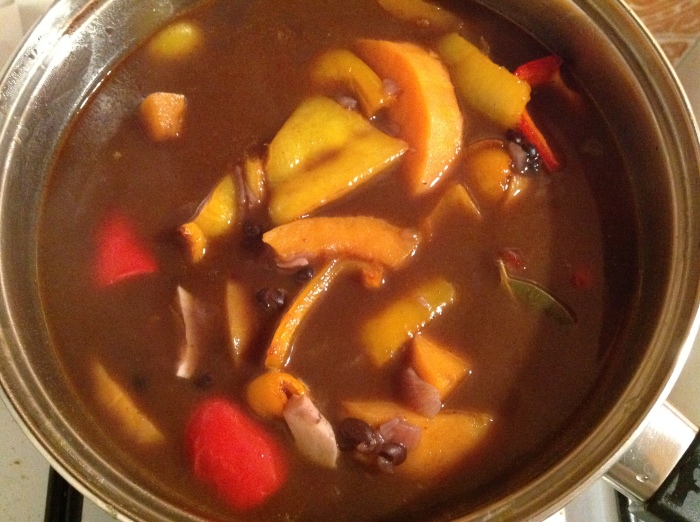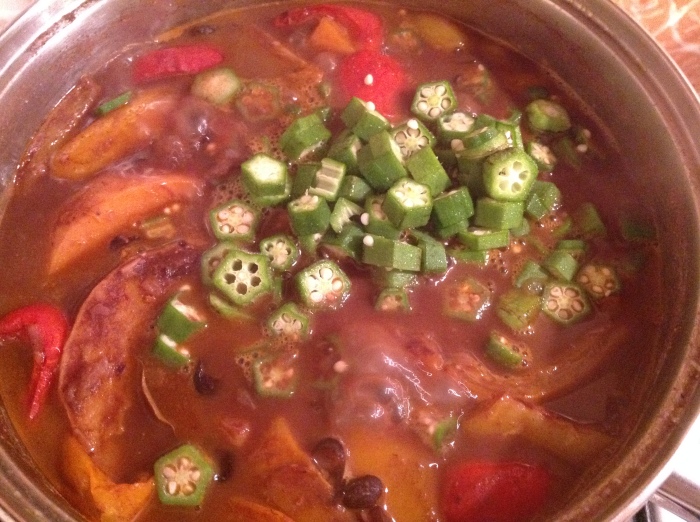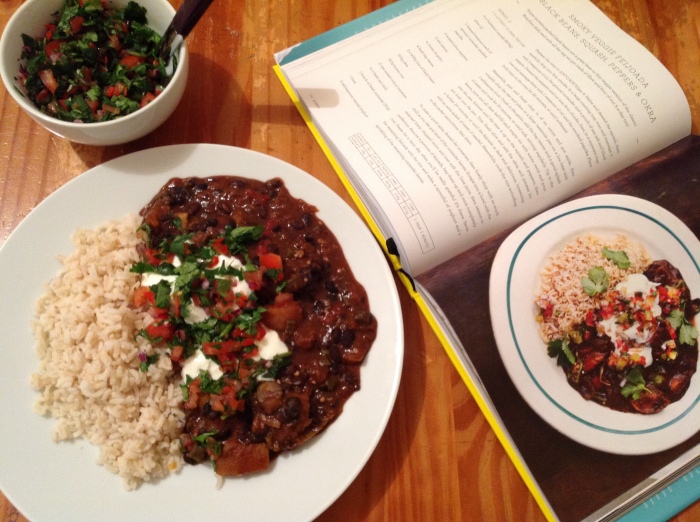Growth occurs at the boundaries of our capabilities.
As part of my 2016 New Year’s Resolution, I decided to cook a special meal once a week.
These recipes weren’t supposed to be easy or difficult. They were supposed to be challenging. The unknown is challenging. Cooking something new is exactly that.
And one of my first realisations was that cooking well is hard.
It’s supposed to be hard. If it wasn’t hard, everyone would do it. The hard is what makes it great.
– Tom Hanks in A League of Their Own (1992)
Don’t get me wrong, I considered myself to be a good cook. I knew how to cook a juicy steak. How to cook well-seasoned, succulent chicken breasts.
Through persistent trial and error, I feel I’ve nearly perfected cooking fluffy, flaky white rice.
But ever since I started my challenging myself as a cook by trying to spark up new dishes, me being a ‘good cook’ has become an extremely fluid concept.
And as you can expect in trying times – I had a few realisations and the first is this:
We might think we’re good in some areas of our lives…
But once we actually put those skills to the test, we realise we have a long, long way ahead of us if we want to achieve actual greatness.
I very quickly realised that I was far away from practicing culinary wizardry.
And the worst thing is that when I failed the first few times at cooking these new dishes – I started doubting myself in every other area of life.
I started thinking what a poor cyclist I am…wh-what has that got to do with anything?
But I just laughed these ruminations off.
It’s very important to be cognisant of such self-deprecating mental gymnastics.
If you’re not, they will hinder your progress, not to mention make you feel lousy.
Being cognisant of these thoughts is super important because, after all – they’re just thoughts.
To paraphrase Eckhart Tolle, you’ll be able to accept these naturally occurring thoughts but detach yourself from them without assigning any deeper meaning or significance to them.
Your brain doesn’t want you to put yourself in challenging situations.
It wants you to make sure you’re passing on your genes or pumping out kids.
It wants you to live a comfortable life, characterised by familiarity, which actually breeds resentment and self-loathing over time.
If you listen to your brain when trying to grow, you will shackle yourself and unceremoniously sentence yourself to a life of monotony.
If you want to grow, you have to be ready for the high emotional spikes and low emotional dips.
For the high highs as well as the low lows.
Embrace the challenge
Because if you challenge yourself in one area of life, it somehow magically brings up other areas in your life.
I’ve noticed this with my cooking.
In retrospect, cooking a new dish every week positively impacted my health, my social life (sharing the fruit of your labour is the best part) and my exercise regime.
And on a micro-level, I developed a healthy weekly habit.
It helped me become more organised and disciplined while cooking and these traits spilled into my daily life.
It imposed a structure into my life, and cultivated in me an attention to detail.
Also, (and I concede this may be too nuanced of a point) cooking forced me to delegate more attention to other sensory modalities and not be overly focused on experiencing life just with sight and sound.
Anyway – what’s your challenge for the new year?
P.S. Thanks for reading. If you liked this, feel free to sign up to my free weekly newsletter
